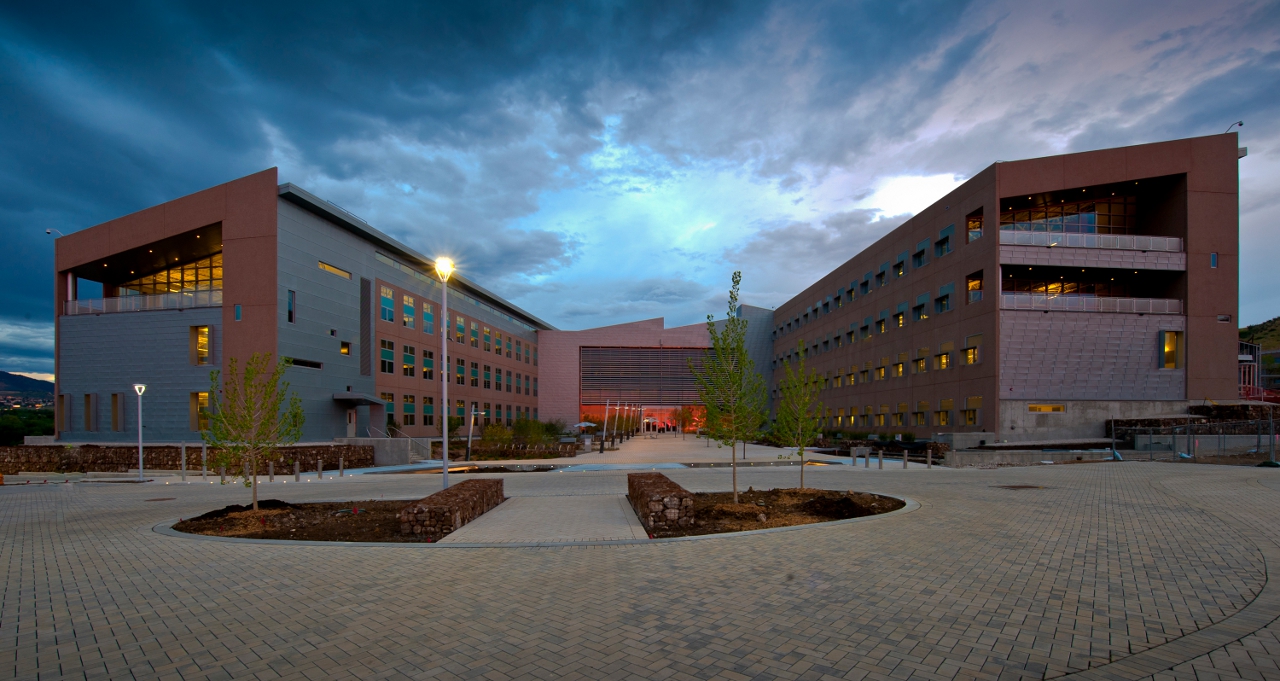 How would we know if a certain building is energy efficient and sustainable? What is a zeronet energy building (ZNE)? A zeronet energy building is termed describing a building with zero net energy consumption and zero carbon emissions annually.
How would we know if a certain building is energy efficient and sustainable? What is a zeronet energy building (ZNE)? A zeronet energy building is termed describing a building with zero net energy consumption and zero carbon emissions annually.ZeroNet Energy buildings can be used autonomously from the energy grid supply – energy can be harvested on-site usually in combination with energy producing technologies like Solar and Wind while reducing the overall use of energy with extremely efficient HVAC and Lighting technologies. The ZeroNet design principle is becoming more practical in adopting due to the increasing costs of traditional fossil fuels and their negative impact on the planet's climate and ecological balance (source: Wikipedia).
This is gaining considerable interest as renewable energy cutting greenhouse gas emissions. The normal traditional building use consumes about 40% of the total fossil energy in the US and European Union. It is a necessity in developing countries to live in zero-energy buildings to save more. Many people live in huts, yurts, tents and caves exposed to temperature extremes and without access to electricity. These conditions and the limited size of living quarters would be considered uncomfortable in the developed countries.
Due to this, researchers all over the world, consider the development of modern ZeroNet Energy (ZNE) buildings. Along with the fast-paced technology and significantly improved facilities, this became possible to achieve through the goal of getting energy performance data. Today's advanced computer models can show the efficacy of engineering design decisions.
How do we measure energy consumption? It is through the cost, energy and carbon emission and relatively, we also measure importance of energy harvest and energy conservation to achieve a net energy balance. Although zero energy buildings remain uncommon in developed countries, they are gaining importance and popularity. The ZeroNet Energy approach has potential to reduce carbon emissions and reduce dependence on fossil fuels.
A building approaching ZeroNet Energy use may be called a near-zero energy building or ultra-low energy house. Buildings that produce a surplus of energy during a portion of the year may be known as energy-plus buildings. If the building is located in an area that requires heating or cooling throughout parts of the year, it is easier to achieve ZeroNet Energy consumption when the available living space is kept small (source: Wikipedia).

Great pleasure reading your post.Its full of information, thanks for sharing.
ReplyDelete